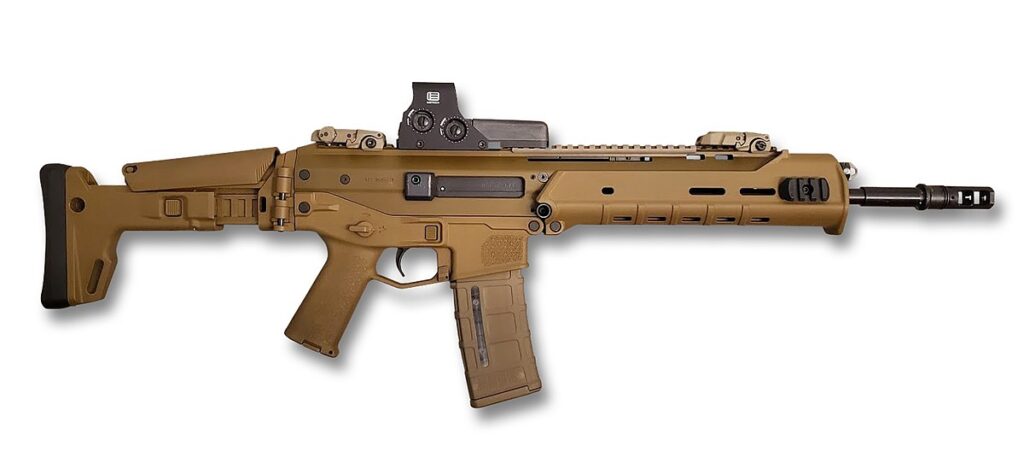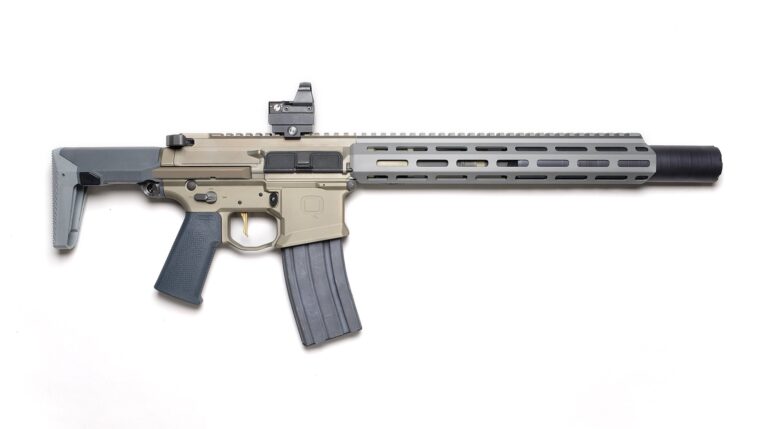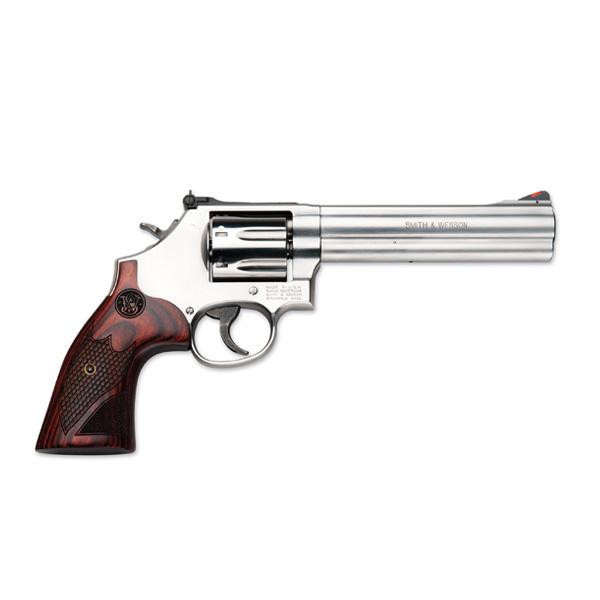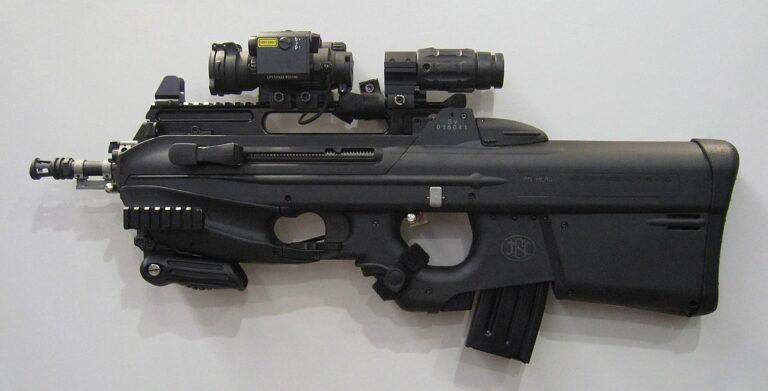Introduction
TheAdaptive Combat Rifle (ACR) is a modular rifle originally designed by Magpul Industries under the name Masada, before being taken over by Bushmaster Firearms and Remington Defense. Designed to offer extreme versatility, it is adapted to the different requirements of armed forces and law enforcement agencies thanks to its quick-change caliber system and advanced ergonomics.
Despite its promising beginnings, the ACR has never been officially adopted by a large-scale national army, but it remains a popular weapon with civilian shooters and some specialist operators.
History of ACR (ex-Masada)
Genesis of the Masada project
In 2006, Magpul Industries unveiled the Masada, a revolutionary assault rifle combining elements of the FN SCAR, AR-15 and AK-47 to create an adaptable hybrid platform.
Its main objective was to replace the M4/M16 with a more ergonomic, reliable and modular system. The project quickly aroused the interest of military and weapons enthusiasts alike.
Covered by Bushmaster and Remington
In 2008, Bushmaster acquired the production rights to the Masada and renamed it the Adaptive Combat Rifle (ACR). At the same time, Remington Defense develops a version for the armed forces under the name Remington ACR.
However, despite its many qualities, the ACR is not included in military tenders due to its high cost and the fierce competition from other platforms such as the HK416 or the FN SCAR.
Technical data
| Calibre | 5.56×45 mm NATO, 6.8 SPC, .300 Blackout |
|---|---|
| Weight | Approx. 3.6 – 4.1 kg (depending on configuration) |
| Total length | Variable (from 850 to 960 mm) |
| Barrel length | 10.5 / 14.5 / 16.5 / 18 inches |
| Magazine capacity | 30 shots (STANAG) |
| Mechanism | Gas borrowing with short-stroke piston |
| Configuration | Modular, compatible with various accessories |
Ergonomics and design
ACR is distinguished by several innovations:
Quick barrel change: adapts the weapon to different missions and calibers.
Adjustable, folding stock: For optimum shooting comfort and easy transport.
Full-length Picatinny rail: compatible with a wide range of tactical optics and accessories.
Ambidextrous selector: Designed to suit both right- and left-handed shooters.
Advantages and limitations of CAB
Benefits
Extreme modularity: designed for adaptability and interchangeability of parts.
Advanced ergonomics: inspired by the best of existing platforms (AR-15, SCAR, AK-47).
Increased reliability: piston-operated for greater resistance to extreme conditions.
Easy maintenance: simplified design for rapid disassembly.
Limits
High cost: More expensive than most competing rifles.
Superior weight: Slightly heavier than a standard M4.
Lack of military adoption: Despite its qualities, it has never replaced the AR-15 or SCAR platforms in service.
Comparison with other modern rifles
| Model | Caliber | Weight (kg) | Barrel length (inches) | Capacity |
| ACR | 5.56×45 mm, 6.8 SPC | 3,6 – 4,1 | 10,5 – 18 | 30 |
| HK416 | 5.56×45 mm | 3,7 – 4,2 | 10,4 – 16,5 | 30 |
| FN SCAR-L | 5.56×45 mm | 3,2 – 3,7 | 10 – 18 | 30 |
| AR-15 (M4) | 5.56×45 mm | 2,9 – 3,4 | 14,5 – 16 | 30 |
Compared with the HK416, the ACR offers a more modular design, but remains heavier and more expensive. Compared to the FN SCAR-L, it offers a more easily interchangeable barrel system.
Contemporary use
Although not widely adopted, the ACR is still used by some special forces groups andis available on the civilian market. Its futuristic design and modular capabilities make it a popular weapon with collectors and marksmen alike.
Conclusion
TheACR (ex-Masada) is an innovative assault rifle that has marked the evolution of modern weapons with its modularity and advanced ergonomics. Although it has never succeeded in replacing existing platforms in the world’s armies, it remains an emblematic weapon on the civilian and tactical markets. Its modular concept remains a benchmark, and has influenced the development of other new-generation weapons.









